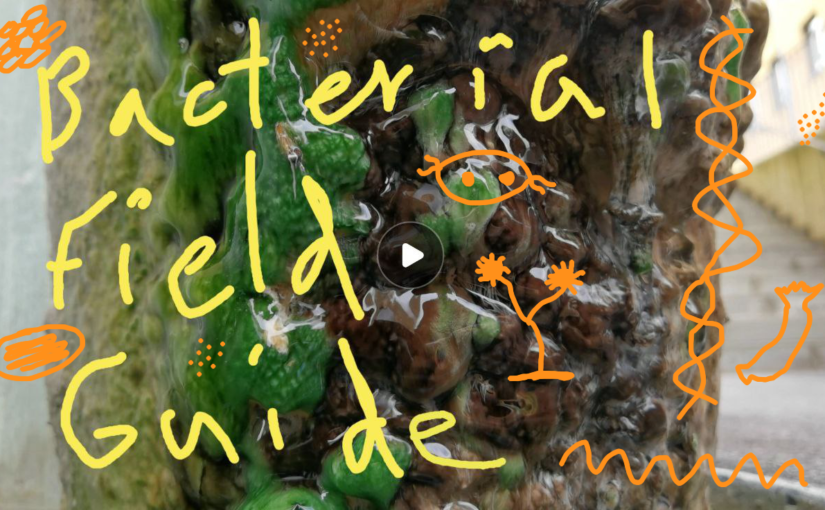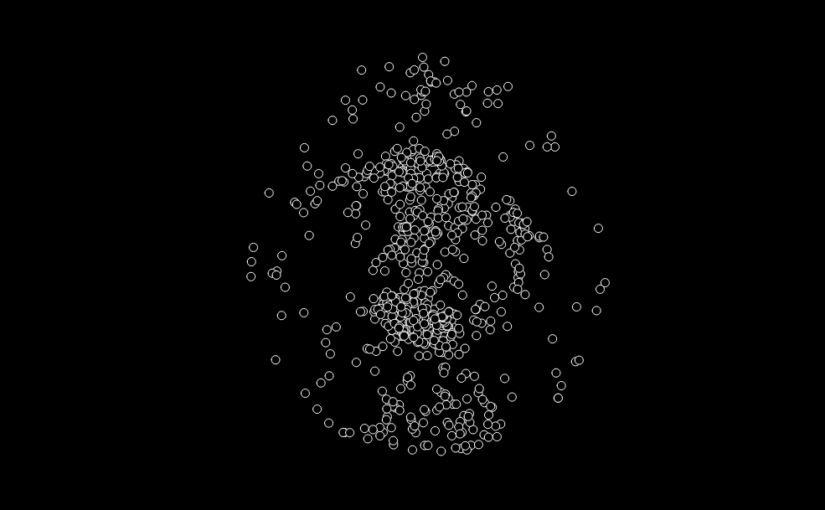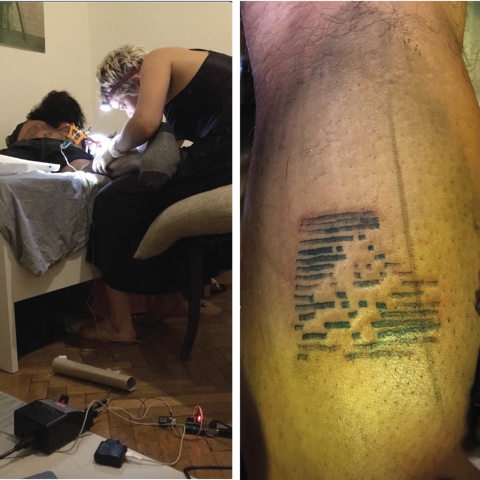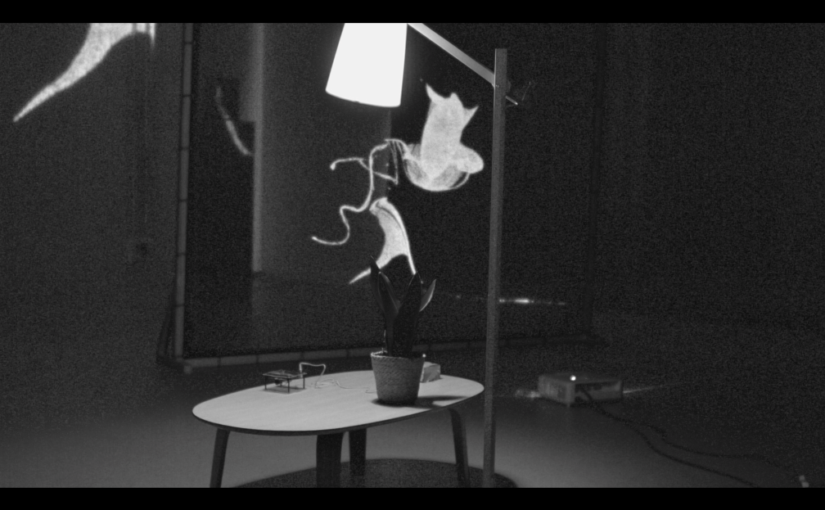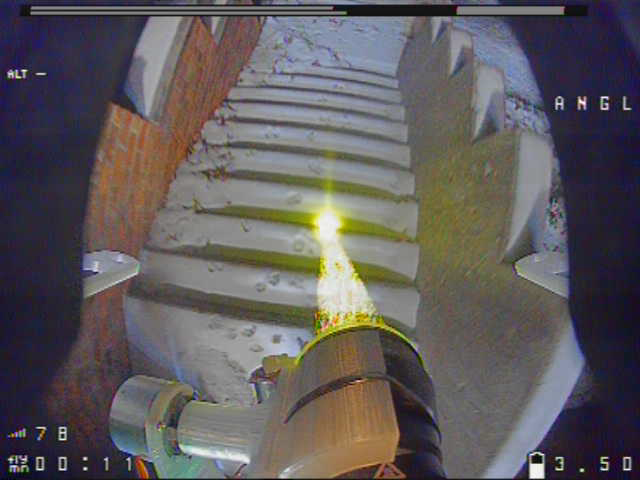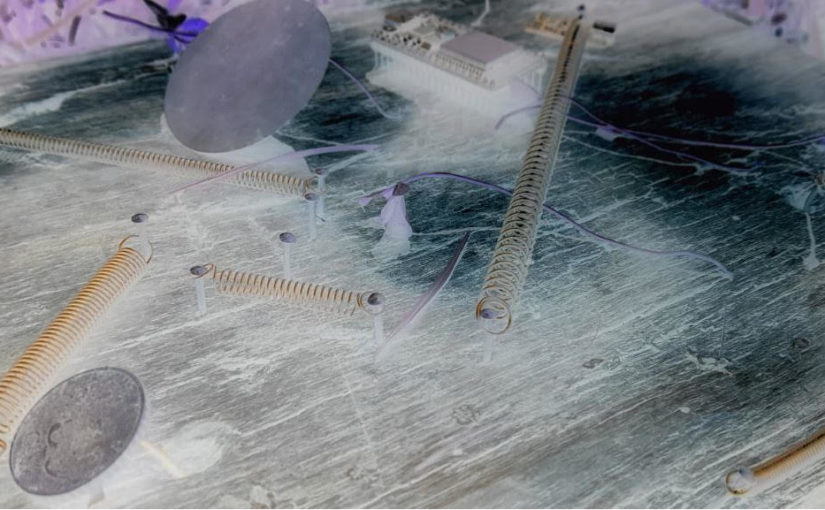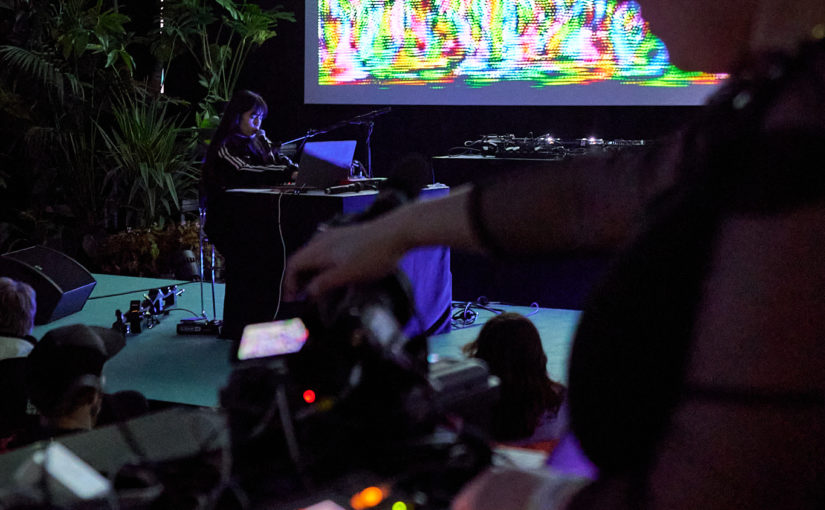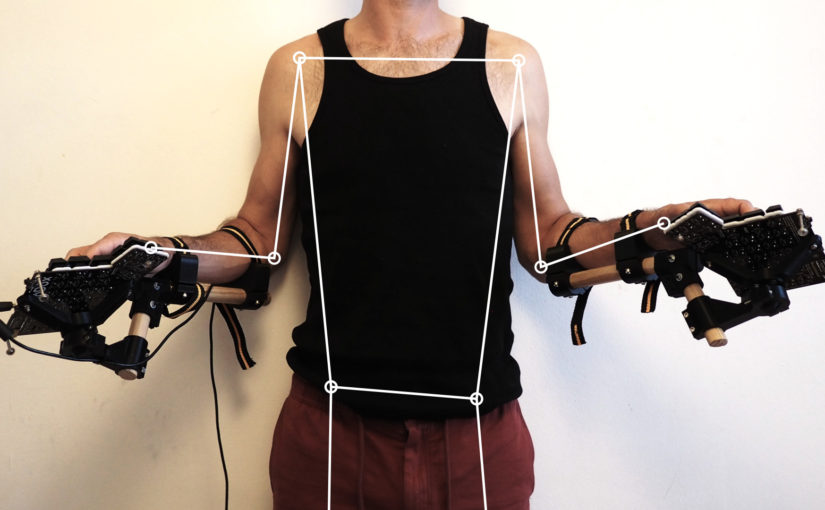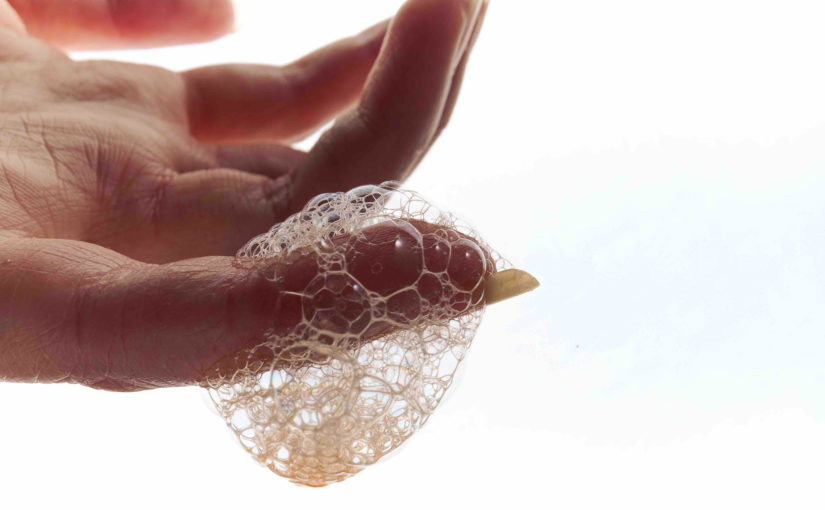Kombucha, as a new material (also praised for its probiotic benefits for our digestive system), holds potential as a suitable approach to familiarize oneself with the complex world of microorganisms. Bacterial cellulose as made inside Kombucha is a new model system for cooperation and conflict in a complex multi-species microbial environment. As Lynn Margulis pointed out that bacterial life as part of the five kingdoms is the predominant lifeforms on planet Earth and the most ancestral life form developed in wet humid environments. The encounter and study from an artistic approach bears great potential of learning from bacterial live and existence through the view of non-human perspectives while diving into a field trip of encounter using microscopes, human sensory and deep contemplation. The Workshop will endorse the symbiotic approaches of how human perceive microbes through history involving a holistic approach of understanding the kingdom of bacteria by workshops and field trips. Within this workshop we will dwell into various aspects of Kombucha and the existence of biofilms in natural environment, its composition and perceiving in a human scale sensory apparatus. Hands on Workshops on how to grow bacteria, how to sing with bacteria, how to draw and colourful create recipes of enhancing or interfering human microbiome, but also biologic knowledge and micro-cosmomological perceptions of plant-human, plant microbial, stone-microbial, organic inorganic symbiotic living territories of bacteria. Coping, hunting and analyzing them by going back into the beginnings and history of microbiology science threw Louis Pasteur, Sergei Winogradsky and Heinrich Anton de Bary as well as but also mapping out field trips for investigating into geological appearance of microbial matts pre-existing on planet Earth (Stromatolites) as primer terrestrial landscape.
Bacterial cellulose made of Kombucha requires research and practice in handling the material. Creating protocols for growing bacterial cellulose requires time, space and stillness to research its density, thickness and strength of the material, as well as drying processes, duration and durability of the layers, the post-treatment still to explores can be adapted to traditional leather making processes. For the appropriate duration of several months as the preparation and post-processing time, I conducted the research on bacterial cellulose produced by fermentation of kombucha and its production and processing process and led to interesting results, the results of which led to further research and practical application as well as workshop giving but for Piff camp mainly the sharing knowledge and creating encounters, experience and new possible collaborations
Working with the new biomaterial requires adaption and familiarize with the uncanny bacterial existence. To learn microbial behaviour means to adapt to a pre-historic deep time understanding of original archaic lifeforms. In this workshop I propose to learn from an hands-on approach inside the outdoor lab using olfactory, sensory, biohacking and sensorial methods to approach microbial existence as well as field trip explorations to visit ancient and modern existence of microbial matts in our environment. We will additionally research in our approximate environment and explore the concept of biofilms as a biomass pre-existing and predominant during the triassic period by visiting the Karst mountains. Through tapping into invisible life and their ability of growing microbial matts by microbial activity we will get familiar by approaches of Lynn Margulis or Betsy Dexter Dyer, feminist Biologists who are leading in the approach of symbiogenesis, welcoming a more close look into the predominant existing species of microbes. To oppose and decolonize knowledge of them as laboratory guinea pigs by western science epistemology of microbiology biochemistry.
